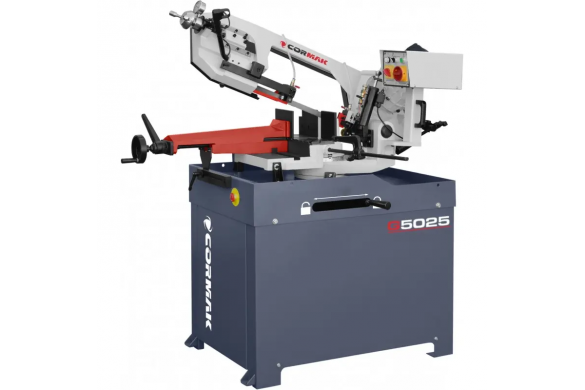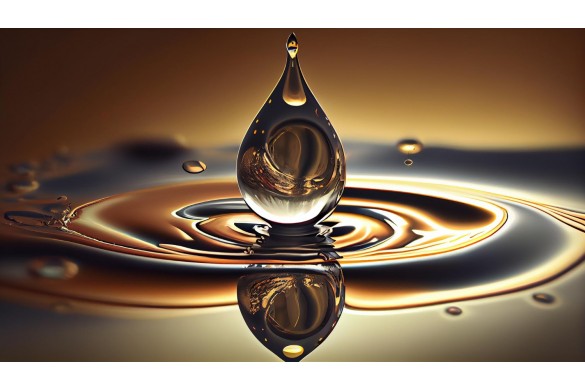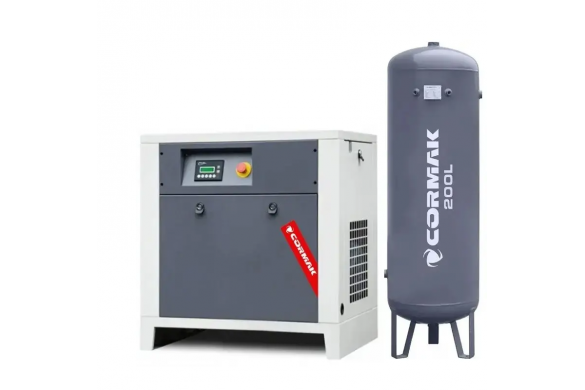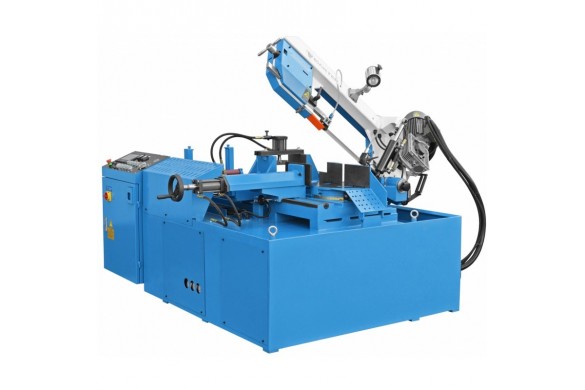What pressure is needed for sandblasting?

Sandblasting is a popular surface treatment technique used in many industries, from industrial to artistic. What pressure should be selected for sandblasting? To ensure the process runs effectively, it is essential to choose the right pressure. In this article, we explain what pressure is required for sandblasting and why it is critical to the efficiency and quality of the work.
What pressure for sandblasting?
Pressure plays a key role in the sandblasting process, as it allows the abrasive media, such as sand or other fine particles, to be propelled at high speed onto the surface to be treated. Depending on the type of sandblaster and the surface material, the required pressure may vary.
Typical pressure for most sandblasting machines ranges from 6 to 8 bar. However, it’s important to know that higher pressure doesn’t always mean better performance. Excessive pressure can cause faster equipment wear, increased abrasive consumption, and overly aggressive material removal – which may be undesirable for some applications.
How many bar for sandblasting?
The optimal pressure depends largely on the application. In most cases, for standard sandblasters, the required pressure is 6–8 bar. More demanding tasks, such as sandblasting large surfaces or high-precision work, may require up to 10 bar. It's important to match the pressure with the sandblaster type and the material being processed.
If you're interested in precise sandblasting, cabinet sandblasters are an excellent choice, offering better pressure control and effective blasting in an enclosed space. On the other hand, siphon sandblasters use a different media delivery system and require appropriate pressure to operate efficiently.
What pressure for a sandblaster?
The required pressure depends directly on the sandblaster type. Cabinet sandblasters and siphon sandblasters have different pressure needs. For cabinet sandblasters, 6–8 bar is sufficient to ensure optimal performance. For siphon sandblasters, the pressure may range from 6 to 10 bar depending on the model and material being treated.
Additionally, the compressor is a key component. High-pressure compressors that generate 10+ bar are ideal for heavy-duty applications requiring power and precision. Lower-power compressors are sufficient for standard tasks, though more powerful units increase overall efficiency.
Why is proper pressure important?
Proper pressure during sandblasting ensures several benefits:
- Processing efficiency: Correct pressure allows effective removal of rust, paint, dirt, and other contaminants while preserving surface quality.
- Equipment protection: Excessive pressure can damage the sandblaster and compressor. Adhering to recommended settings extends equipment life.
- Cost optimization: Maintaining the correct pressure minimizes abrasive and energy consumption, reducing operating costs.
Conclusion
Sandblasting is a precise process that requires proper pressure settings. For most applications, 6–8 bar is sufficient, although more demanding tasks may require higher pressure. Choosing the right equipment – such as cabinet or siphon sandblasters and matching compressors – is essential to meet application requirements. Remember, proper pressure settings affect work efficiency and equipment durability.
Want to learn more about sandblasters and compressors? Check out the offer from the industrial machine manufacturer that will provide you with the best sandblasting results!





